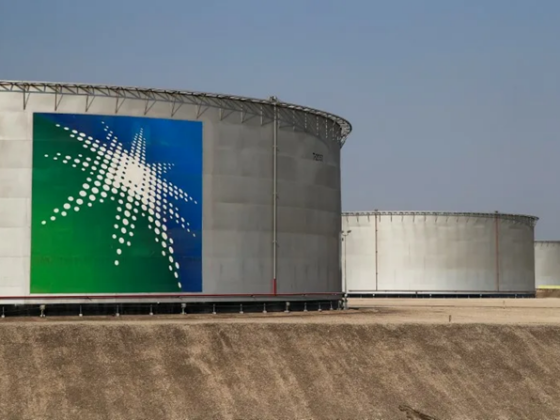Among all types of rigging works, industrial rigging, without a doubt, occupies a special place. The rigging of industrial equipment is not only very complicated from a technical point of view, but also most in demand on the market. According to numerous estimates of experts, the demand for rigging work related to the dismantling and movement of large -sized and unique industrial equipment (wood – and metalworking machines, power plants, printing equipment, and. T.p.) significantly exceeds the proposal, even despite the raging economic crisis. However, this is not at all surprising, since companies capable of providing rigging work in this area at a high professional level are not so many.
Difficulties and “underwater stones” when carrying out the rigging of industrial equipment simply cannot be counted. Even experienced specialists who have worked in this area for more than one year and having considerable experience behind them, sometimes it is not so easy to cope with the next “rigging task”. The main difficulty of industrial rigging is that almost every operation to dismantle, load-unloading and subsequent installation of equipment requires an individual and creative approach, ingenuity, and often a non-standard approach.
Consider as an example of the rigging of metal -cutting machines. All of them, despite the various features of the design, technological purpose, etc. p., have at least two common properties: large dimensions and very solid weight. In addition, if it is necessary to carry out, for example, the transportation of the entire workshop to a new building, then it will be necessary to move this equipment in a strictly defined order, otherwise it will be very difficult to mount it in place and quickly put it into operation. If you add to this that for successful rigging work it is sometimes necessary to even dismantle part of the walls and ceiling ceilings, it becomes clear that the rigging of industrial equipment requires an integrated approach to all necessary operations. Therefore, before doing work, thawr engineers go to the place, conduct an analysis of the situation, determine the composition and amount of the necessary lifting equipment and people. Then careful planning of the entire set of work is carried out, all the necessary preparatory measures are carried out (the territory and access roads are prepared, winches and whales are mounted, cranes are located in the right places, etc. D.). If we are talking about the rigging of unique equipment, which, for example, has a complex configuration, very large and heavy nodes, then the development and manufacture of specialized rigging equipment is often required.
Of course, the successful conduct of industrial rigging is completely inconceivable without specialized equipment. Electric and pneumatic tali, carts, jacks, slings, chains and a huge number of other equipment and equipment – all this should not only be in stock, but also in ideal technical condition. The fact is that if during the rigging at some point it happens, say, a break of the slings or the refusal of the hydraulics of the jack, then this can lead to very sad consequences, up to human casualties.
Particular attention during industrial rigging is paid to safety requirements. All employees who are directly involved in their conduct are briefing and are provided with all the necessary personal protective equipment. Responsibility for compliance with safety requirements lies on a master who guidance on industrial rigging.


